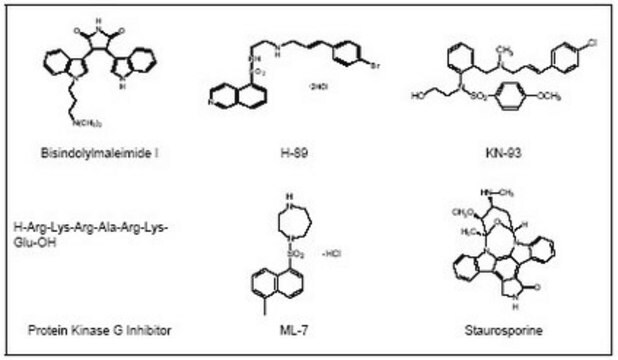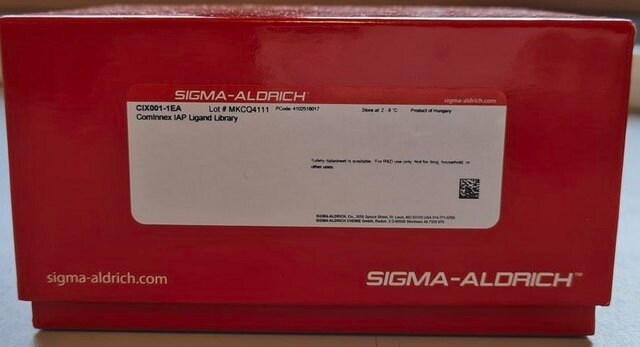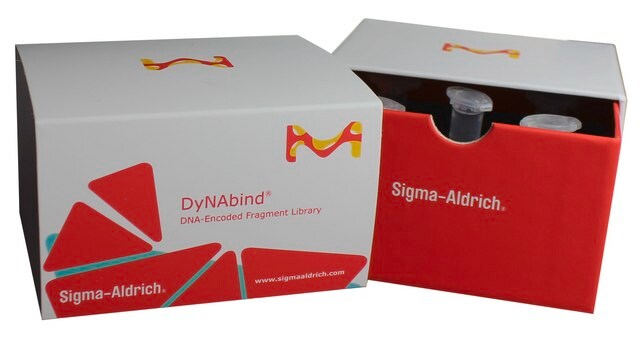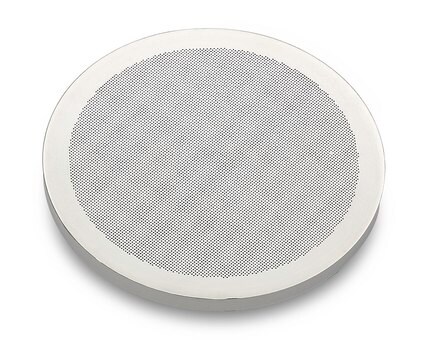LO1280
LOPAC®1280
Synonym(s):
Library of Pharmacologically Active Compounds
About This Item
Recommended Products
General description
Application
- in the screening of novel inhibitors for chemotaxis/ migration using Dictyostelium as a model
- to test the ability to modulate and to measure forskolin-stimulated cAMP levels in CHO-hCB2 cells and to modulate ligand-induced receptor/β-arrestin interaction
- in screening of small molecules for activating bone morphogenetic protein (BMP) signaling
- in screening of compounds that plays a role in regulating subcellular localization of nitric oxide associated protein 1 (NOA1) protein
Features and Benefits
- Apoptosis
- G Proteins & Cyclic Nucleotides
- Gene Regulation & Expression
- Ion Channels
- Lipid Signaling
- Multi-Drug Resistance
- Neurotransmission
- Phosphorylation
- Structure
- Primary Name
- Secondary Name
- Pharmacological Activity
- Product Number
- Rack Position
Other Notes
Legal Information
Signal Word
Danger
Precautionary Statements
Hazard Classifications
Acute Tox. 2 Dermal - Acute Tox. 2 Inhalation - Acute Tox. 2 Oral - Aquatic Acute 1 - Aquatic Chronic 1 - Carc. 1A - Eye Dam. 1 - Lact. - Muta. 1B - Repr. 1A - Resp. Sens. 1 - Skin Corr. 1B - Skin Sens. 1 - STOT RE 2 - STOT SE 2
Storage Class Code
6.1A - Combustible, acute toxic Cat. 1 and 2 / very toxic hazardous materials
WGK
WGK 3
Flash Point(F)
188.6 °F - closed cup
Flash Point(C)
87 °C - closed cup
Regulatory Listings
Regulatory Listings are mainly provided for chemical products. Only limited information can be provided here for non-chemical products. No entry means none of the components are listed. It is the user’s obligation to ensure the safe and legal use of the product.
PDSCL
Please refer to KIT Component information
PRTR
Please refer to KIT Component information
FSL
Please refer to KIT Component information
ISHL Indicated Name
Please refer to KIT Component information
ISHL Notified Names
Please refer to KIT Component information
Cartagena Act
Please refer to KIT Component information
JAN Code
キットコンポーネントの情報を参照してください
Certificates of Analysis (COA)
Search for Certificates of Analysis (COA) by entering the products Lot/Batch Number. Lot and Batch Numbers can be found on a product’s label following the words ‘Lot’ or ‘Batch’.
Already Own This Product?
Find documentation for the products that you have recently purchased in the Document Library.
Our team of scientists has experience in all areas of research including Life Science, Material Science, Chemical Synthesis, Chromatography, Analytical and many others.
Contact Technical Service![N'-HYDROXY-1-METHYL-2-[2-(PHENYLSULFANYL)ETHYLIDENE]HYDRAZINECARBOXIMIDAMIDE SULFATE AldrichCPR](/deepweb/assets/sigmaaldrich/product/structures/273/761/717af332-cc45-4118-bbbe-4103581033f2/640/717af332-cc45-4118-bbbe-4103581033f2.png)










